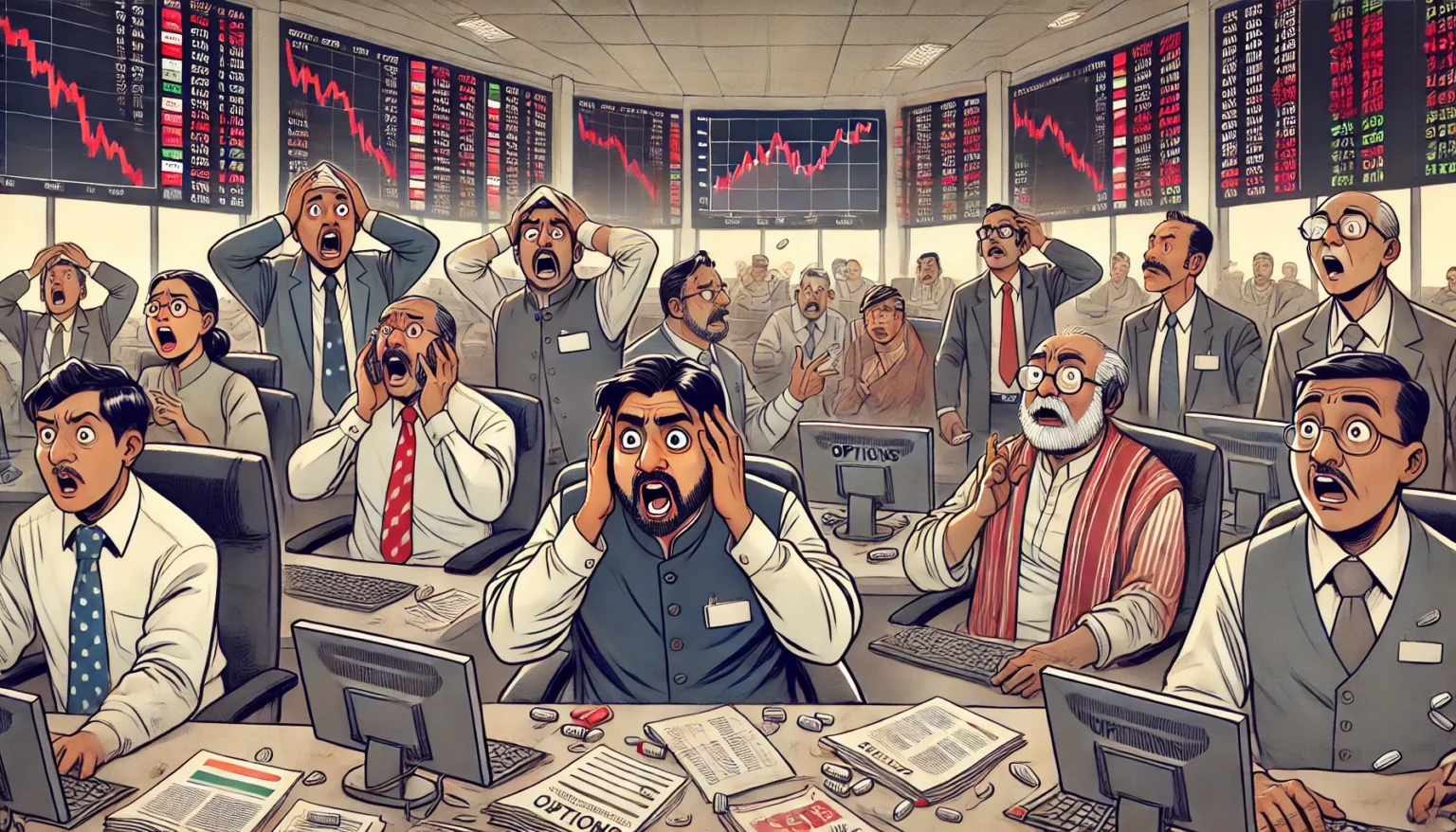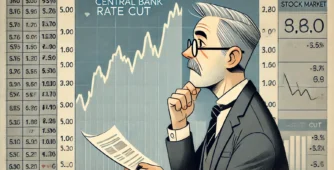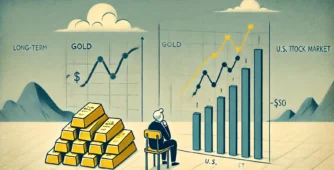Global Liquidity Index: A New Cycle May Be Coming
Cross Border Capital has presented a fascinating chart of the Global Liquidity Index, which appears to follow a natural sinusoidal wave pattern — almost like a rhythm the markets are bound to move within. The black line in the chart represents the Liquidity Index, while the red dots overlay a benchmark sinusoidal pattern to illustrate how liquidity ebbs and flows in long cycles.

Historically, these liquidity waves have appeared in predictable intervals — from the early ’90s, the dot-com bubble in 2000, the pre-GFC years of 2006–2008, and most recently, the massive liquidity injection in 2020 during COVID-19.
If this wave pattern continues, the chart suggests we may be approaching another major liquidity upcycle in the coming years. This could be driven by several factors:
- A global crisis or slowdown, which often prompts central banks to inject liquidity.
- The U.S. facing challenges due to its tariff-led policies, which could lead to monetary easing.
- A potential lowering of interest rates, which the U.S. may attempt if inflation comes under control.
What this means is — markets may see another surge, but it might be preceded by a crisis, just as we’ve seen in the past. Liquidity injections often follow periods of stress, not just as a bonus, but as a lifeline to revive market confidence.
So whether it’s triggered by geopolitical tensions, a financial shock, or a shift in U.S. policy — the signs point to a possible large-scale liquidity cycle unfolding ahead.
WeekendInvesting launches – Portfolio Momentum Report
Momentum Score: See what percentage of your portfolio is in high vs. low momentum stocks, giving you a snapshot of its performance and health.
Weightage Skew: Discover if certain stocks are dominating your portfolio, affecting its performance and risk balance.
Why it matters
Weak momentum stocks can limit your gains, while high momentum stocks improve capital allocation, enhancing your chances of superior performance.









